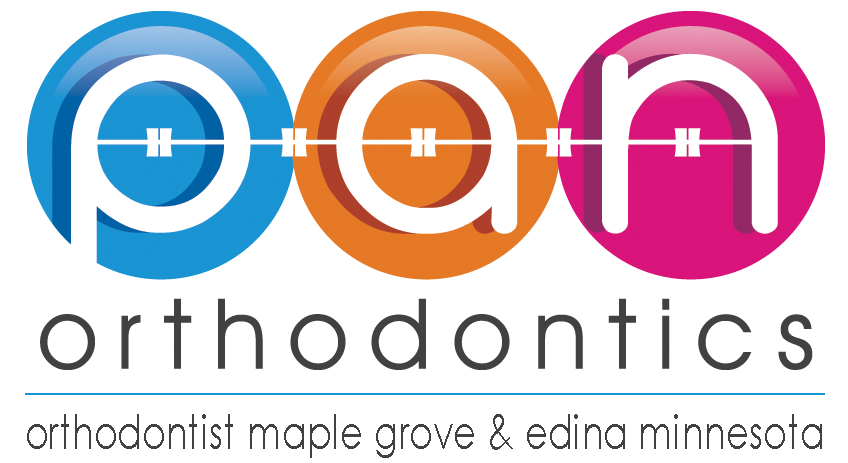Orthodontic Diagnosis - Denton Analysis
A dentition analyses is a system used to measure the teeth and jaw. It is often used in orthodontics to better understand the space of the arch and to predict any malocclusion or mal-alignment of the teeth and the bite. Various systems used for dentition analysis are listed below.
Permanent dentition analysis of the adult teeth include the following:
- Maxillary dentition or the upper teeth
- Pont's Analysis: Pont’s Analysis is an analysis which was developed by Pont in 1909. This analysis offers the ability to predict the width of the maxillary arch at the premolar and molar region. This is completed by measuring the mesio-distal widths of the four permanent incisors. Pont’s analysis aids in determining if the dental arch is narrow or normal, in addition to determining if expansion is possible.
- Linder Harth Index: The Linder Hath index is adapted from Pont's analysis, which is described above. However, the Harth index contains a slight variation from Pont's analysis. Instead of 80 in the maxillary arch, the Linder Harth Index uses 85 to in order to achieve the Measured Molar Value.
- Korkhaus Analysis
- Arch Perimeter Analysis
- Mandibular dentition or the lower teeth
- Ashley Howe's Analysis
- Carey's Analysis
- Both Arches or the upper and lower teeth
- Bolton Analysis: The Bolton Analysis is an analysis of the teeth which was developed by Wayne A. Bolton. It was developed in order to determine the discrepancy between the size of the maxillary and mandibular teeth. This analysis helps in determining the optimum relationship between the interarch.
Mixed dentition analysis
- Moyer's Mixed Dentition Analysis: Moyer's mixed dentition analysis was created by Robert Moyers in 1971. This analysis is commonly used in dentistry in order to predict the size of the permanent teeth by measuring the size of the primary teeth. The analysis typically requires a dental cast, Boley's gauge and a probability chart.
- Tanaka and Johnston Analysis: The Tanaka and Johnston analysis is a mixed dentition analysis. It provides the ability to estimate the available space in an arch for the permanent teeth to erupt. The analysis was created in 1974 by Marvin M. Tanaka and Lysle E. Johnston after they conducted a study on more than 500 orthodontic patients. The study was completed in Cleveland at the Case Western Reserve University School of Dental Medicine.
- Radiographic Analysis
- Ballard and Willie Analysis
- Huckaba's Analysis
- Staley Kerber Analysis
- Hixon and Old Father Analysis
- Tweed's analysis (cast + cephalometric)
- Total space analysis (cast + cephalometric + soft tissue)
Dental arch analysis
- Intermolar Width: The distance between the mesiobuccal cusp tip points of the first permanent molars.
- Intercanine Width: The distance between the tip of the cusp from one canine to another canine.
- Arch Length: The distance from the line which is perpendicular to the mesiobuccal cusp tips of the first permanent molars to the midpoint between the mesioincisal points of the central incisors.
- Arch Perimeter: The distance from mesial contact of a permanent molar on one side to the mesial contact of permanent molar on the other side. It includes the line connecting the buccal or incisor tip points in the intervening teeth.
Pan Orthodontics Philosophy
To treat our patients as our families and to treat others as how we want to be treated. From your first phone call to the moment your new smile is born, everything in our office is set up to ensure an excellent experience with us. We will always listen to you and improve with your suggestions.
Featuring The Latest Orthodontics Technology
Our Commitment to You
We will continue to keep up with the ever growing digital technologies to improve your orthodontic experience. We also commit to always help you find the most convenient time for your visit with us.




